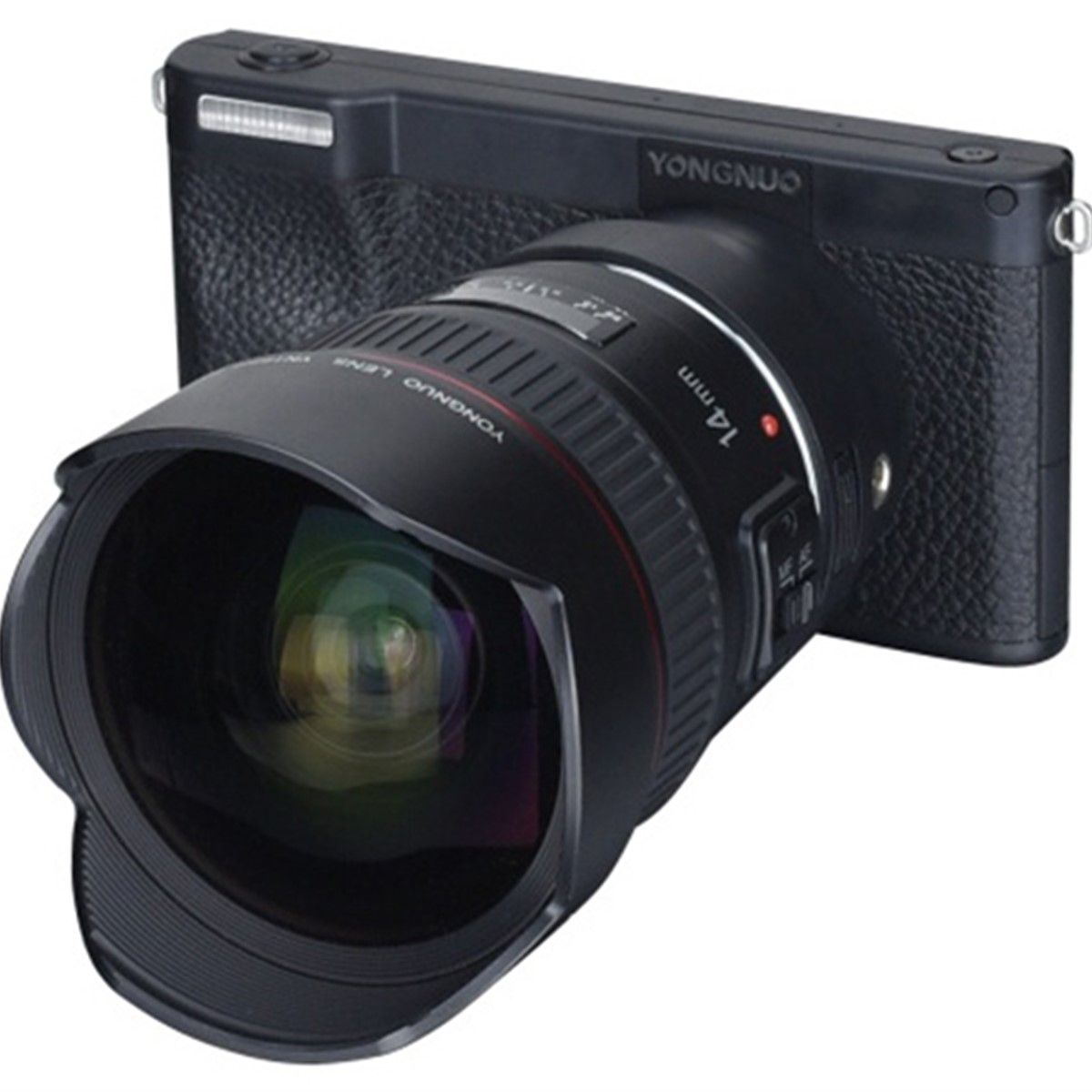

- #Yongnuo supersync tutorial how to#
- #Yongnuo supersync tutorial manual#
- #Yongnuo supersync tutorial full#
- #Yongnuo supersync tutorial plus#
In all my past days of manual flash, I was always stuck at my camera's sync speed of 1/250th of a second. The next big feature is the ability to still use high speed sync when the flash is set to manual. For these situations, I can quickly and easily switch the flash to manual with a single button.

This is useful because TTL seems to work most of the time for me, but there are always those certain instances where it gets tripped up. My favorite feature is the ability to trigger a flash in TTL while also being able to quickly change it to manual without needing to touch my flash. I just held a transceiver in one hand and my painting tool in the other. While light painting, I didn't have to keep walking back and forth to my camera. The scratches are also not as prominent when the screen's backlight is on.
#Yongnuo supersync tutorial plus#
The plus side is that at $44, I can buy a couple replacements and still be ahead when compared to a PocketWizard. The display uses a clear plastic that seems to be easy to scratch, which leaves me wondering at what point it will become hard to see what is being displayed. After a few months of heavy use, it's still easily viewable, but I can see things going horribly wrong by simply placing it in a pocket with something that is rough or has sharp edges. The main issue I have is with the TX transmitter. The glossy coating of the transceivers gets scuffed easily, but this doesn’t affect performance so, it's not really a concern for me. They don't feel flimsy by any means, but they don't feel exceptionally rugged either. The build is what’s to be expected when dealing with cheaper products. Granted, I have never had a reason to get crazy far distances away from my flash, but I never had an issue with it being across a field or having the flash be inside while I was outside. When using the unit, I never once had an issue with the flash not firing or being out of range. It’s all very intuitive and easy to grasp.
#Yongnuo supersync tutorial full#
When changing flash power, you use the directional pad horizontally to change by full stops and vertically to change by third stops.

Each button works by pressing it to select what option you want to change, then using the directional pad to change the setting. This means no diving into menus and settings to view or change a parameter. The dedicated TX transmitter has a button for everything you can control from the unit and each setting is displayed on the screen. The transceiver has three buttons and a switch on the unit: one button to cycle through the groups, one button to cycle through the channels, a test button, and a switch to power the device on and off.
#Yongnuo supersync tutorial how to#
The buttons on the transmitter are all very straightforward and it’s easy to figure out how to change all the settings. After this quick process, everything just worked. All I had to do was plug my flash into the transceiver, plug the transmitter into my camera, make sure my flash was set to TTL (I don't think the flash has to be in TTL for Canon users), and then confirm that the transceiver and trigger were on the same channel.

I was surprised by how easy it was to set everything up. You can also switch from manual to TTL from the transmitter without having to touch your flash. This transmitter not only gives you the ability to adjust the flash power in manual and TTL, it also gives you the option to adjust the zoom of each flash in addition to all the other features offered in the Yongnuo-622n transceivers. The problem is that you have to adjust the TTL flash power from within the camera settings by using flash compensation and if you want to control the flash power in manual, you are stuck having to adjust it from the flash.Įnter the Yongnuo-622n TX. With this simple $77 solution (not including your flash), you now have the ability to trigger your flash in manual, TTL, use high speed sync, and trigger multiple flashes based on groups and channels (with multiple flashes and triggers). One transceiver connects to your camera and acts as the trigger, while the second transceiver connects to your flash and acts as the receiver. In order to get your flash off camera, all you need are two Yongnuo-622n flash transceivers that are compatible with your TTL flash.


 0 kommentar(er)
0 kommentar(er)
